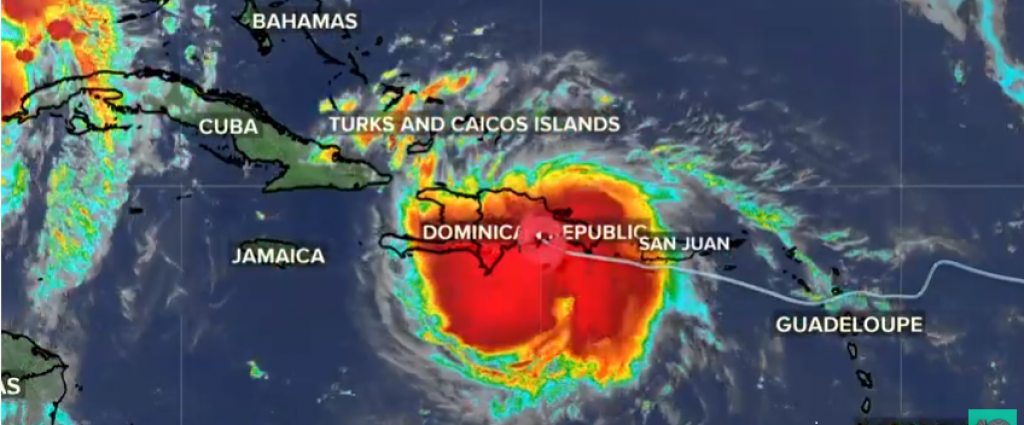900 319 0030
enquiry@shankarias.in
Fujiwhara Effect

Arunachal Pradesh Demand for 6th Schedule
Article 371 A
Credit Guarantee Scheme for Subordinate Debt (CGSSD)
Special Mention Accounts
DNA Technology Regulation Act
Air Quality in Mega Cities
Panel to conserve Edakkal Caves

Source: The Hindu, Business Today, Down To Earth